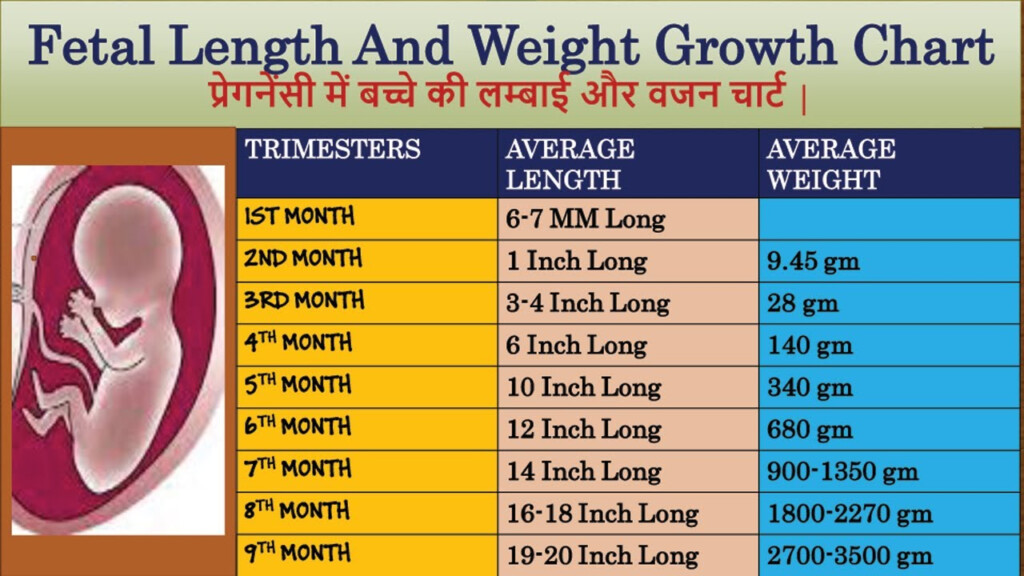One of the key indicators of a baby’s health at birth is their birth weight. Birth weight is influenced by a variety of factors, including genetics, maternal health, and gestational age. A birth weight for gestational age chart is a valuable tool used by healthcare providers to assess a baby’s growth and development in relation to their expected size based on how far along they are in the pregnancy.
A birth weight for gestational age chart typically plots a range of birth weights based on gestational age, usually in weeks. This allows healthcare providers to determine if a baby’s weight falls within the expected range for their gestational age. Babies who are born at a lower weight than expected may be considered small for gestational age (SGA), while those born at a higher weight may be considered large for gestational age (LGA). These designations can help healthcare providers identify potential health concerns or complications that may need to be monitored or treated.
Birth Weight For Gestational Age Chart
Interpreting the Results
It’s important to note that a birth weight for gestational age chart is just one of many tools used to assess a baby’s health at birth. While deviations from the expected weight range can indicate potential health issues, it’s essential to consider other factors, such as the mother’s health history and any prenatal testing results. If a baby is identified as SGA or LGA, healthcare providers may recommend additional monitoring or interventions to ensure the baby’s health and development are on track.
